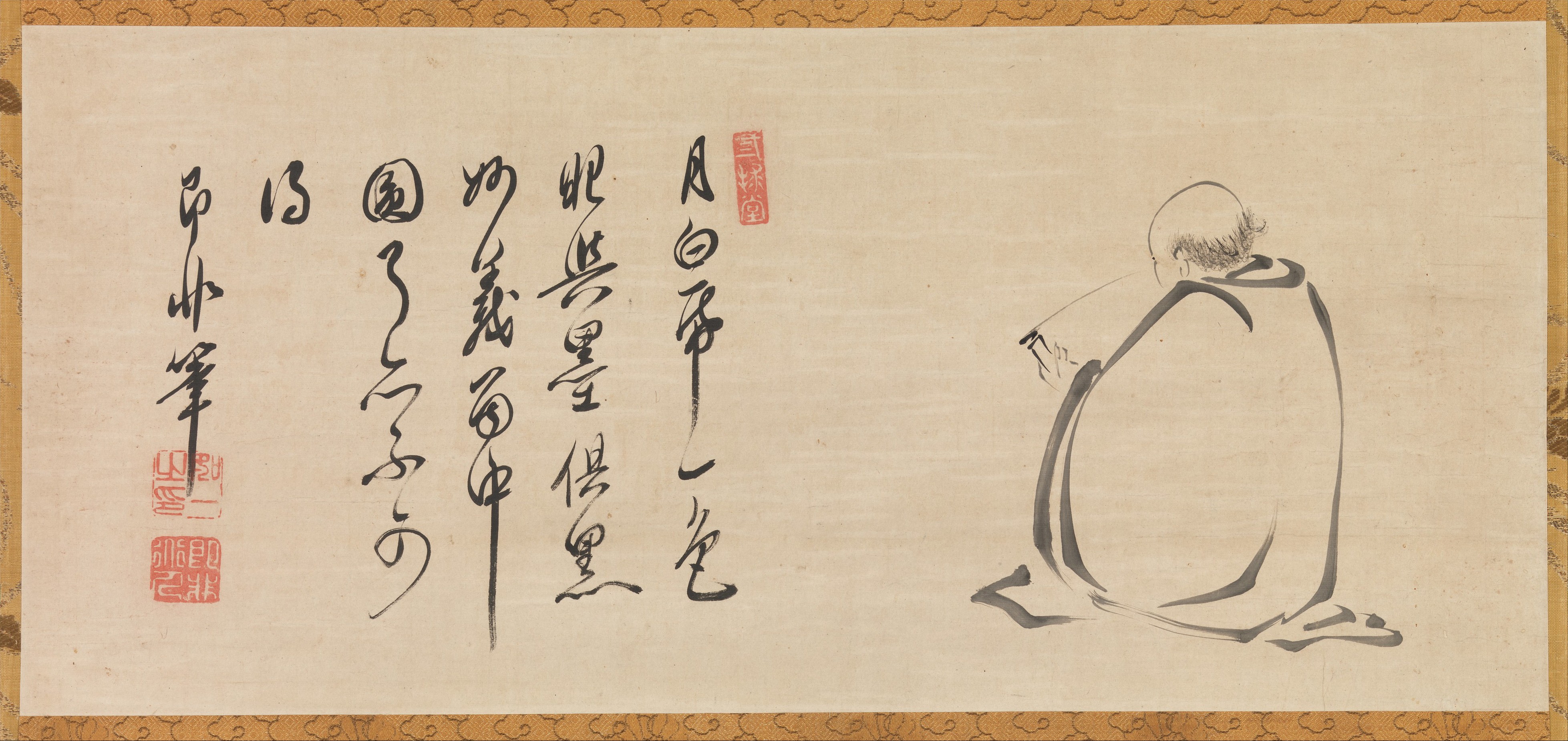I had a wonderful friend and teacher who taught me in only a few brief encounters to unleash my creativity. dian marino gave me the gift of granting myself radical permission to play. And I’ve been playing ever since.
dian was attending her first Organizational Development conference and had dressed as conservatively as she was able. She’s told me several times that she had a strong desire to be included, not to stick out – I wasn’t really persuaded. Her first conference session was Designing Learning Instruments with a fellow from University Associates, a well-known “human resources development” publisher. The session leader began with a one-minute exercise and dian prepared herself with gusto. She rocked such exercises. “Draw as many T’s as you can in one minute,” the session leader said.
dian grabs her pencil and a blue-lined sheet of paper and, looking neither to left nor right, starts drawing T’s. Noticing the blue lines on the page, the first thing dian does is to draw a whole bunch of vertical lines the length of the page. dian looks at her paper, reorients it sideways, sees that her drawn lines are new horizontals which she proceeds to intersect with a new set of perpendicular lines. With lots of white space left on the page she turns the page to an angle and draws a new set of intersecting lines. And again. And again. With time remaining in her one minute she flips the page over and begins to make lists: T-shirts, T-junction, T-bar, T-bone; Darjeeling, mint, orange pekoe. The instructor yells, “Stop!”
The instructor begins to poll the participants: “how many people drew ten T’s or fewer?” One hand goes up and dian thinks, “Whoa. Anal compulsive?” The instructor continues, “How many got 50 or fewer?” Many hands go up and dian begins to wonder just how long it will be before he reaches her. dian guesstimates that she’s draw 10,472 T’s. Maybe 15,000. And she notes with trepidation that everyone else maxes out around 150, leaving only dian. The instructor asks how many people got more than 150 and dian, sheepishly, raises her hand. “How many T’s did you draw?” the instructor asks. “About 15,000,” dian says with her nervousness doubling on every syllable. Everyone in the room is staring at dian. “How did you draw 15,000?” the instructor asks. dian’s nervousness is now verging on terror. She wanted to blend in, fit, not be noticed.
“I thought it was a creativity exercise,” dian explains. “You know, quantity, flexibility. That’s what I do: teach creativity.”
The instructor laughed and explained that he had been trying to prove how people distribute across a bell curve and it included somebody who would be way off. dian felt relieved and included. And while dian most often concluded her story on this point, I think the story continues. For not only was the instructor being rather sneaky in manipulating an audience to make his point for him, he was also promoting a mathematical model of human behavior that is, arguably, flawed, but which has held sway for many decades despite a long history of critique. Sure he was able to seize on dian as an “outlier” and actually use her “misunderstanding” to strengthen if not even validate his point, but one of the things that I loved about dian was her inability NOT to break rules. She couldn’t help herself. She was a kind of chaos engine. Creativity exploded out of her despite herself. Her T’s defied categorization – they were abundant, explosive, defiant, and whimsical. My son and daughter each have names that begin with T which always, lovingly, remind me of dian’s T’s.









